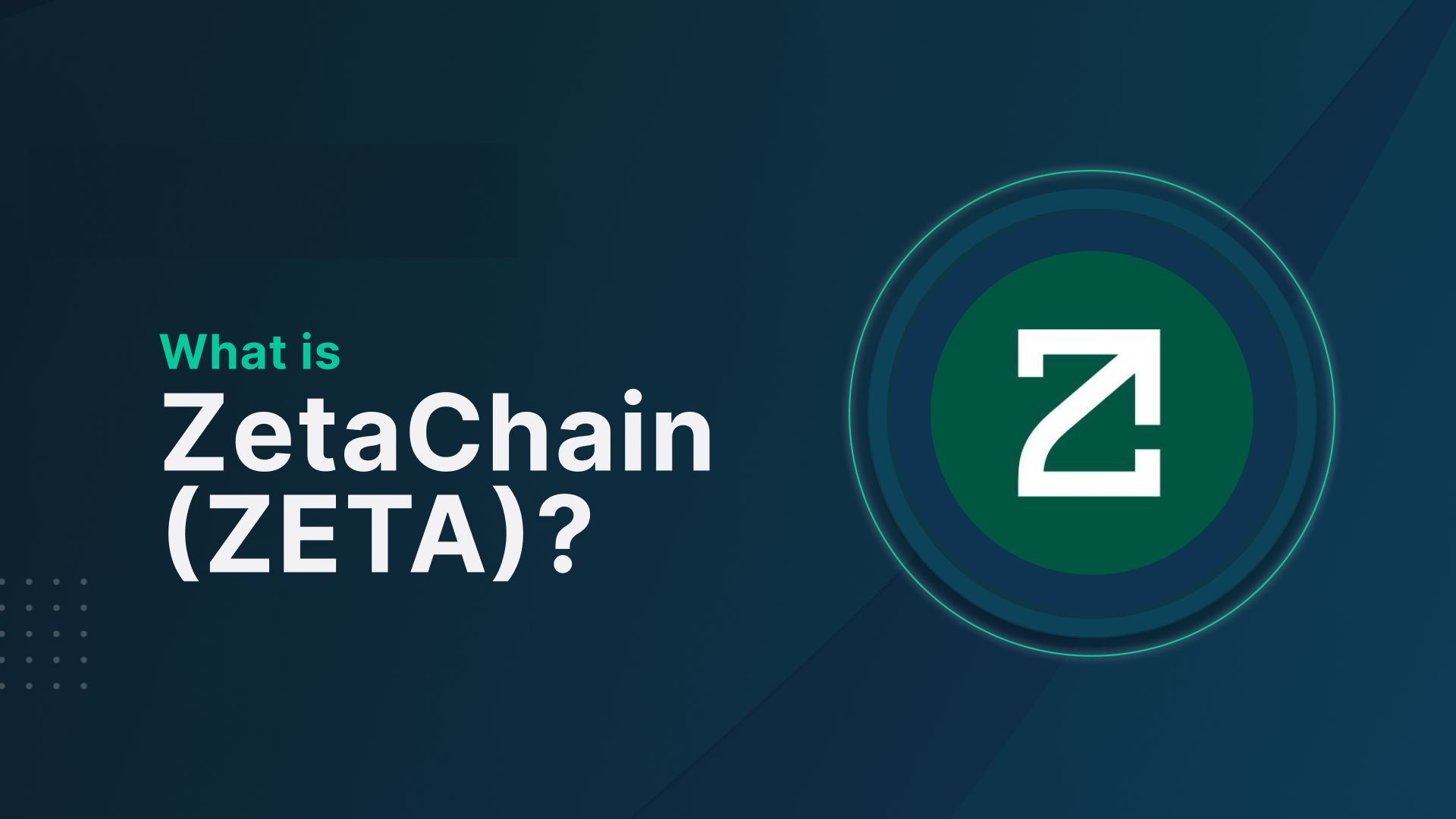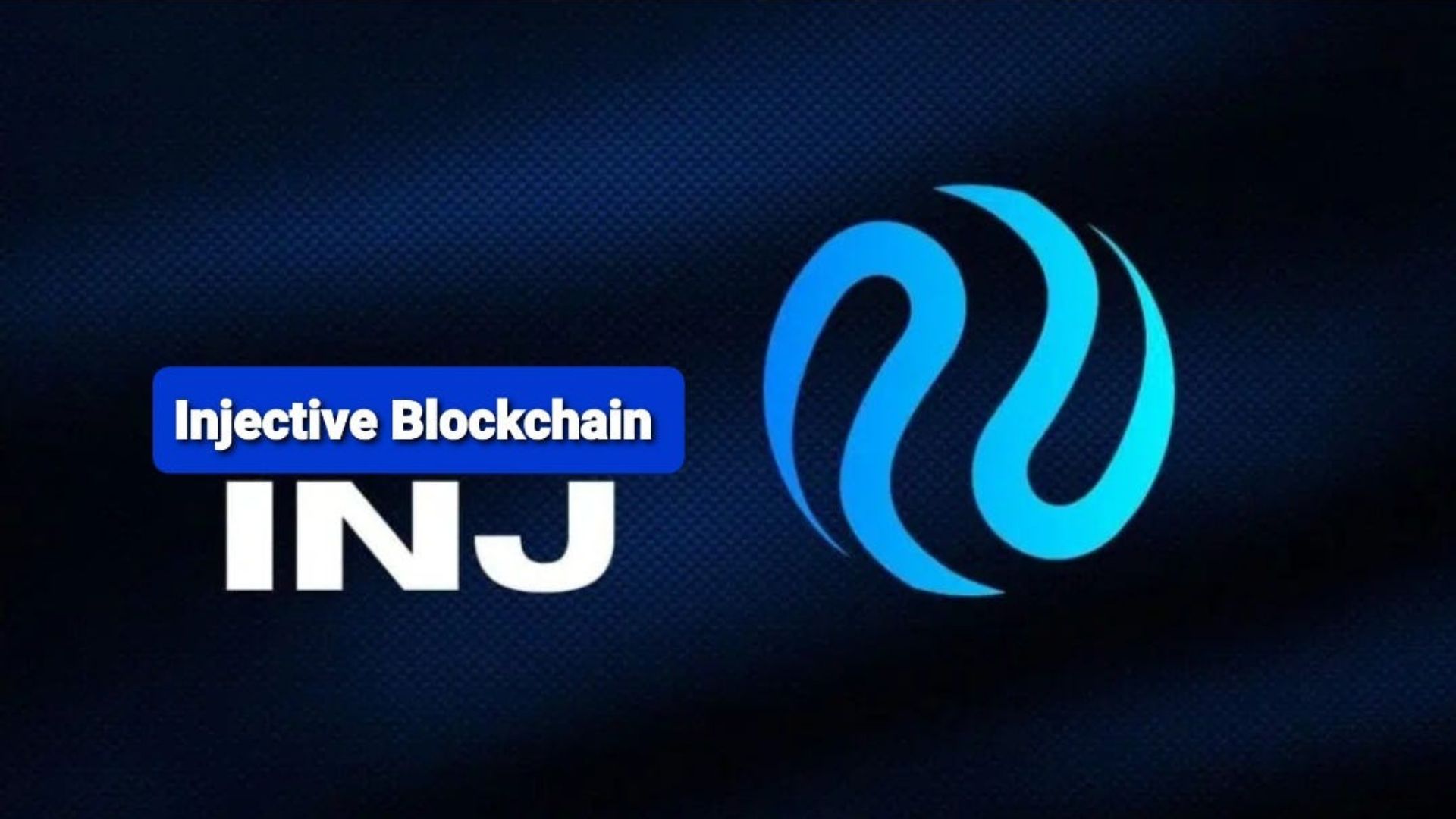What Is Sui (SUI) Network?

What Is Sui (SUI) Network? Similarly to Ethereum and Bitcoin, Sui (pronounced “Swee”) is a decentralized Layer 1 proof of stake blockchain that provides the underlying infrastructure for processing and confirming transactions. One token or a network of tokens can’t function without layer one blockchains.
Mysten Labs, comprised of individuals who had previously worked for Meta, created Sui. Its purpose is to facilitate scalability for decentralized apps (dApps) and to reduce the time it takes to execute smart contracts. The network is sure it has solved the problem of low gas fees, strong security, and fast execution of smart contracts. The programming language it was built with, “Move,” makes this possible. Quick and safe transaction executions are the focus of the Rust-based programming language Move.
As stated in the whitepaper, the network is named after the Japanese philosophical element water, which alludes to its fluidity and flexibility—qualities that developers can use to mold Web3. Super scalability and low latency are the network’s primary goals. The reason behind its advocates dubbing it “the Solana Killer” is because of this.
Mysten Labs unveiled the Sui project in September 2021 and committed $36 million to it in December 2021. In 2022, the startup was valued at $2 billion after a $300 million series B announcement, with FTX leading the way with a $140 million commitment.
Reasons Why Sui Network Was Created

According to Sui Co-Founder and CEO Evan Cheng, the current Web3 infrastructure is infamously unreliable, costly, and sluggish. In light of this, Cheng stated that the network was established to revolutionize Web3 by introducing 5G-level enhancements that would enable programmers to construct blockchain-powered apps with the kind of scalability typically associated with the type of centralized technological centers that ruled the Web 2.0 era.
Said, the most prevalent issues in the Web3 industry—speed, security, and stability—were addressed by the Sui network, which aimed to streamline and enhance the development of several apps and functions inside the Web3 ecosystem.
How Does The Blockchain Work?
With a focus on optimizing quick blockchain transfers, Sui runs as a Layer 1 blockchain. Sui is perfect for on-chain uses like decentralized finance (DeFi), gaming, and other real-time use cases since it prioritizes instantaneous transaction finalization. In contrast to current Layer 1 blockchains, which become increasingly sluggish as more transactions are added, Sui does not require all network computers to process every transaction. To avoid blockchain congestion and significantly lower gas rates for transactions, it selectively checks only the data that is relevant to the issue at hand.
To lower latency, the Sui network employs a protocol known as the Delegate Proof of Stake system and a collection of validators that do not require authorization. Every 24 hours, or an epoch, is used to choose a group of validators for whom Sui holders will keep their staked tokens. The next step is for the validators to select and approve the transactions.
Who Are The Brains Behind The Sui Network?
- Co-Founder and CEO Evan Cheng: Cheng worked at Apple for 10 years and was also the former Head of Research and Development at Novi and Technical Director of Meta.
- The Chief Scientist George Danezis: Former researcher at Novi, Meta, and previously worked at Chainspace, Microsoft.
- Adeniyi Abiodun, CPO: Former Head of Product Development at Novi, Meta. Previously worked at VMware, Oracle, PeerNova, HSBC, and JP Morgan.
- Kostas Chalkias: Former leading cryptographer at Novi. He previously worked at R3, Erybo, Safemarket, and NewCrypt.
- Sam Blackshear, CTO: Former Chief Engineer at Novi, specializing in the Move programming language.
Investors and Institutions Backing The Network
When FTX Ventures put $140 million into the project, Sui was worth $2 billion. Coinbase Ventures, the biggest cryptocurrency exchange in the US, and Binance Labs, the most centralized cryptocurrency exchange by daily trade volume, are among the other notable investors who have already committed to Sui.
Jump Crypto, an experienced team of builders, developers, and traders, and Franklin Templeton, a global leader in asset management with over seven decades of experience, were among the other investors. Apollo, Dentsu Ventures, Circle Ventures, Partners, Apollo, Lightspeed Venture, O’Leary Ventures, and Sino Global were among the blockchain investors.
Uses of Sui Coin

SUI coin plays a crucial role within the ecosystem and serves various functions:
- Governance: Sui coin holders can participate in governance decision-making, which includes parameter adjustments, protocol upgrades, and other critical network changes. This means SUI holders have a say in the direction and development of the Sui Network.
- Transaction Fees: SUI coin is used to pay transaction fees within the network. The coin acts as the medium of exchange to cover all associated costs, whether you are interacting with smart contracts, transferring assets, or participating in any Sui on-chain activity.
- Utility: The native coin will be used in various decentralized applications (dApps), gaming applications, and other projects built on the network. It will be used to purchase in-game accessories and NFTs.
- Staking: Staking SUI coin helps network security and consensus. SUI coin holders who stake their coins are rewarded and given incentives for participation and engagement.
- Investment: Investors can buy and hold or trade SUI coins as an investment on centralized exchanges, just like Bitcoin, Ethereum, Solana, Cardano, BNB, and all other blockchains with good use cases.
Sui Network Plans To Improve The Web3 Ecosystem
Transaction Speeds
When it comes to Web3, Sui Network is out to fix the sluggish transaction issues. Move, a programming language based on Rust that emphasizes secure and rapid transaction executions, was used to build the network. Instead of validation occurring in blocks as on conventional blockchains, the Sui network uses 24-hour epochs, and each epoch can be certified independently.
As a result of transactions running in parallel, the Sui network can process 297,000 transactions per second with a finality time of 400 milliseconds. In contrast, Ethereum and Solana have transaction speeds of 20 and 6 minutes, respectively, and 10,000 and 2.5 seconds, respectively.
Focus On Web3 And Asset Ownership
To meet the demands of its millions of users—needs that include speed and security—the Sui network is concentrating on enhancing Web3 and the Web3 experience. Sui is a platform that facilitates the development, enhancement, and distribution of NFTs and decentralized apps.
Scalability
Through parallel processing or execution, Sui Network hopes to increase Web3’s scalability. Because of this, the Sui network can detect separate transactions and handle them all at once. The upshot is faster transaction times and the ability to handle more significant transactions simultaneously. The technology behind it is the Narwhal-Bullshark-Tusk Consensus algorithm, which prioritizes transaction details over the entire transaction chain, and the Move programming language, which Sui implements.
Tokenomics of SUI Coin
The native token of Sui, SUI, has multiple applications. Coingecko reports a maximum and total quantity of 10 billion SUI coins, with 1.2 billion coins now in circulation; SUI is ranked 48th by market cap value. When SUI’s mainnet went live on May 3, 2023, a portion of its total supply became liquid. The opening day of Sui was its highest point, for $2.16. On the other hand, it hit a record low of $0.364 on October 19 of last year and is now trading at $1.51, an increase of 320%.
A portion of the tokenomics goes to the following: 6% for the Community Access Program and app testers, 10% for the Mysten Labs Treasury, 14% for investors, and 20% for early contributors. Half of the supply is held in the Community Reserve.





